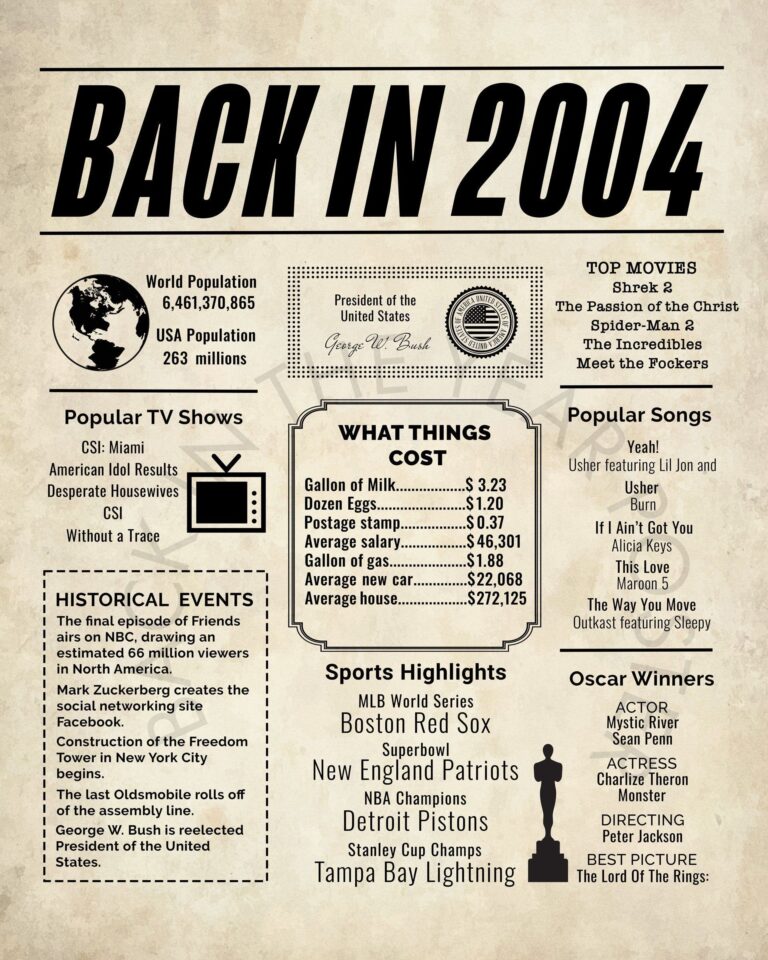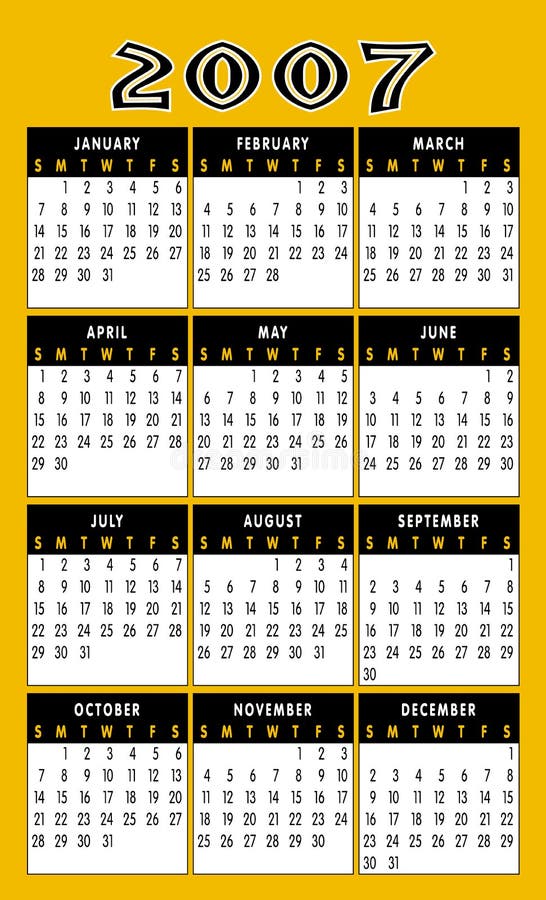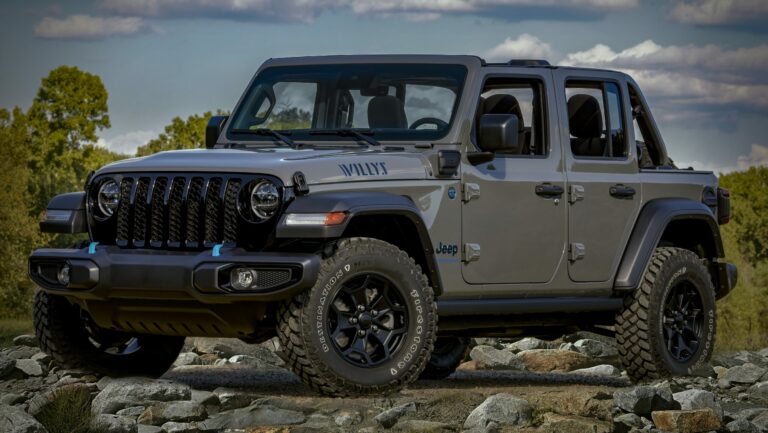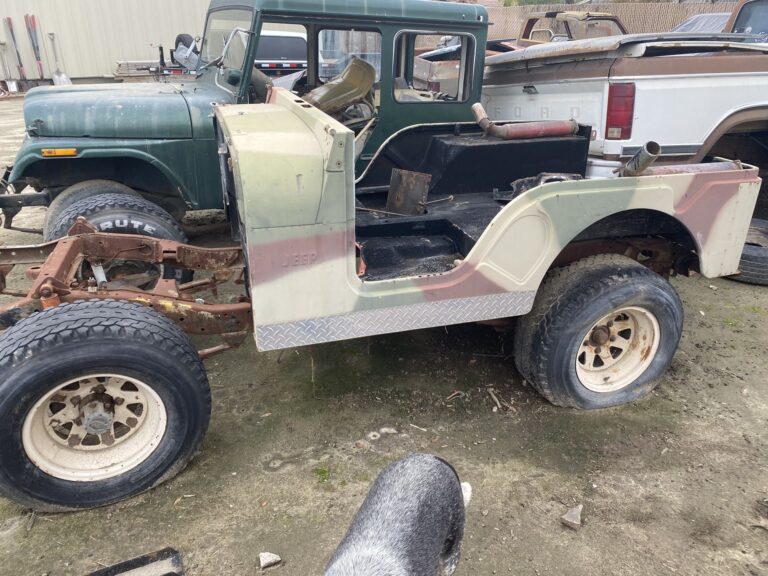2003 Jeep Hardtop For Sale: Your Comprehensive Guide to Finding and Owning an Off-Road Icon
2003 Jeep Hardtop For Sale: Your Comprehensive Guide to Finding and Owning an Off-Road Icon jeeps.truckstrend.com
The allure of a Jeep Wrangler is undeniable, a symbol of freedom, adventure, and rugged capability. Among the various generations, the TJ (1997-2006) holds a special place in the hearts of enthusiasts and practical drivers alike. Specifically, a 2003 Jeep Hardtop For Sale represents a sweet spot: a mature and refined version of the classic TJ platform, offering the legendary 4.0-liter inline-six engine, robust axles, and the added benefits of a hardtop for enhanced security, comfort, and weather protection.
This article serves as your definitive guide to understanding, evaluating, and ultimately acquiring a 2003 Jeep Wrangler with a hardtop. Whether you’re a first-time Jeep owner, an experienced off-roader, or simply looking for a unique and capable daily driver, navigating the market for a two-decade-old vehicle requires insight and careful consideration. We’ll delve into what makes the 2003 model desirable, what to meticulously inspect, the buying process, and the joys of owning such an iconic machine.
2003 Jeep Hardtop For Sale: Your Comprehensive Guide to Finding and Owning an Off-Road Icon
The Enduring Appeal of the 2003 Jeep Wrangler TJ Hardtop
The Jeep Wrangler TJ generation is celebrated for its blend of modern conveniences with traditional Jeep ruggedness. Departing from the leaf-spring suspension of its YJ predecessor, the TJ introduced coil-spring suspension, significantly improving ride quality and articulation without sacrificing off-road prowess. The 2003 model year falls squarely in the latter half of the TJ’s production run, benefiting from several refinements and the introduction of the highly coveted Rubicon trim.
Why a 2003 Model?
By 2003, Jeep had ironed out many of the minor issues present in earlier TJs. The 4.0L PowerTech I6 engine, a legendary powerplant known for its bulletproof reliability and ample low-end torque, was at its peak. It paired either with the robust NV3550 five-speed manual transmission or the capable 42RLE four-speed automatic. Furthermore, the 2003 model year was the first to offer the Rubicon package, which instantly became the benchmark for factory off-road capability.
The Hardtop Advantage:
While soft tops offer an unparalleled open-air experience, the hardtop provides significant practical benefits, especially for those in colder climates, urban environments, or anyone seeking a more refined driving experience:
- Security: Hardtops offer much better security against theft and vandalism compared to fabric soft tops.
- Weather Protection: Superior insulation from cold, heat, and rain, making it a more comfortable year-round vehicle.
- Noise Reduction: Significantly reduces road and wind noise, leading to a quieter cabin, especially on highways.
- Durability: Less prone to wear and tear, rips, or fading than a soft top.
- Resale Value: A well-maintained hardtop can add to the vehicle’s resale value.
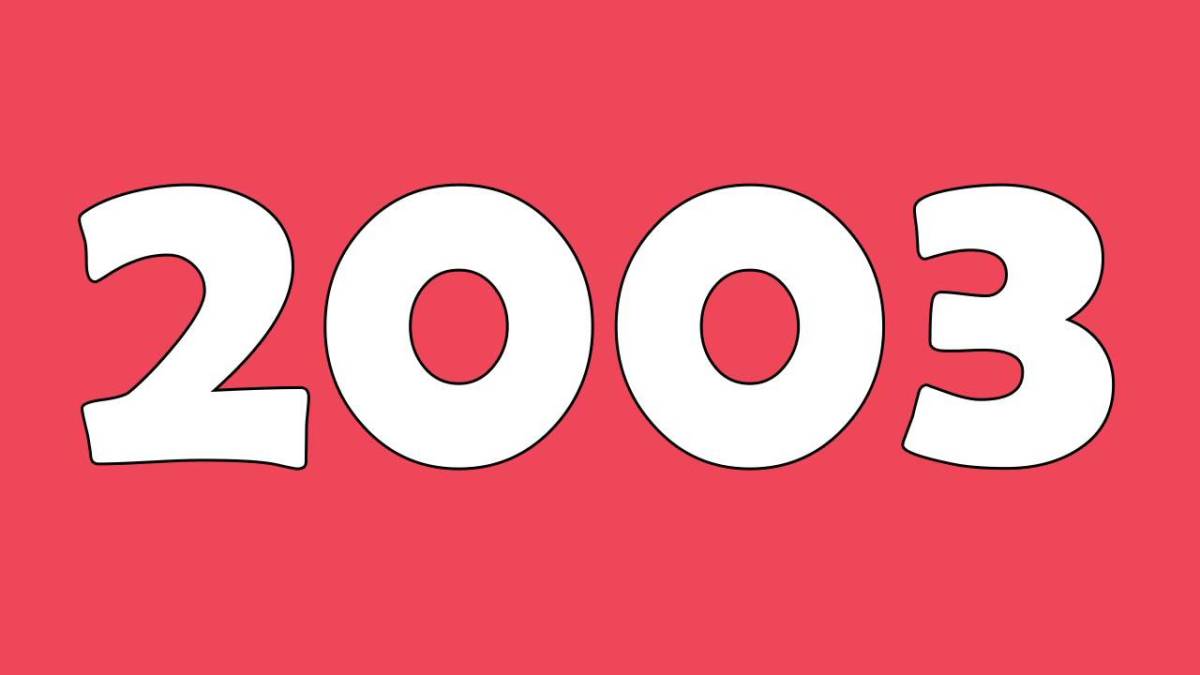
The combination of the TJ’s inherent capability and the hardtop’s practicality makes a 2003 Jeep Wrangler Hardtop an incredibly appealing proposition for a wide range of buyers.
What to Look For When Buying a 2003 Jeep Hardtop
Acquiring a vehicle that is two decades old, especially one known for off-road adventures, requires a thorough inspection. Skipping this step can lead to costly repairs down the line.
.jpg?t=168533101131)
Critical Inspection Points:
-
Rust – The TJ’s Arch-Nemesis: This is arguably the most important factor. TJs are notorious for rust, particularly in areas exposed to road salt and moisture.
- Frame: Inspect the entire frame, especially around the control arm mounts (upper and lower), skid plate mounting points, and the rear cross member. Look for flaking, bubbling, or perforations. Tap with a hammer – a dull thud indicates solid metal, a hollow sound or breakthrough indicates severe rust.
- Body: Check rocker panels, floorboards (under the carpet), wheel wells, and the rear quarter panels. Pay attention to the areas where the body tub meets the frame.
- Brake Lines & Fuel Lines: These run along the frame and are highly susceptible to rust.
- Suspension Components: Control arms, track bars, and spring perches can rust through.
-
Powertrain (Engine & Transmission):
- 4.0L I6 Engine: Listen for unusual noises (knocks, ticks, excessive lifter noise). Check for oil leaks (common around the rear main seal, valve cover, and oil pan). Ensure a smooth idle and strong acceleration. Check coolant for signs of oil or rust.
- Transmission:
- Manual (NV3550): Check clutch engagement – it should be smooth, not slipping. Test all gears for easy engagement and no grinding.
- Automatic (42RLE): Ensure smooth shifts without harshness or slipping. Check transmission fluid level and color – it should be red, not dark brown or burnt-smelling.
-
Drivetrain (Transfer Case & Axles):
- Transfer Case (NP231 or NP241 Rubicon): Test 2WD, 4-High, and 4-Low engagement. Listen for grinding or clunking. Check for leaks around the seals.
- Axles (Dana 30 Front, Dana 35/44 Rear): Check for fluid leaks around the differential covers and axle seals. Listen for humming or clunking noises during the test drive, which could indicate worn gears or bearings. For Rubicons, ensure the air lockers engage and disengage properly.
-
Suspension and Steering:
- Lift Kits: Many TJs are lifted. Ascertain the quality of the lift kit and installation. Poorly installed lifts can lead to handling issues and premature wear.
- Components: Check ball joints, tie rod ends, control arm bushings, track bar bushings, and shock absorbers for wear or leaks. Look for excessive play in the steering wheel.
- Steering Box: Check for leaks or excessive play.
-
Hardtop Specifics:
- Cracks and Damage: Inspect the hardtop itself for cracks, especially around the mounting points or windows.
- Seals: Check the condition of the seals around the doors, windows, and the top-to-body seal. Worn seals can lead to leaks.
- Rear Wiper/Defroster: Ensure they are functional.
- Hardware: Verify all mounting bolts and latches are present and functional.
-
Electrical and Interior:
- Test all lights, gauges, power windows (if equipped), HVAC system, and stereo.
- Inspect the seats for rips, tears, or excessive wear. Check for dampness under the carpets, which could indicate persistent leaks.
Understanding 2003 Jeep Wrangler Hardtop Trims and Features
The 2003 TJ Wrangler was available in several trim levels, each offering different features and capabilities. Understanding these can help you determine if a particular model meets your needs and budget.
- Wrangler SE: The base model, typically equipped with the 2.5L 4-cylinder engine (though the 4.0L was optional), a 5-speed manual, and basic features. Less common with a hardtop due to its entry-level nature.
- Wrangler X: A step up from the SE, often coming standard with the 4.0L engine, more comfortable interior features, and a slightly better option package. A good balance of capability and affordability.
- Wrangler Sport: One of the most popular trims, offering the 4.0L engine as standard, more features like full doors, a wider range of optional packages, and often better axles (Dana 44 rear was an option). This is a common and highly capable hardtop candidate.
- Wrangler Sahara: The "luxury" trim, featuring unique exterior styling (fender flares, wheels), more upscale interior materials, and typically loaded with options like air conditioning and cruise control. Still highly capable off-road.
- Wrangler Rubicon: Introduced in 2003, this is the ultimate factory off-road TJ. It boasts heavy-duty Dana 44 axles front and rear, selectable locking differentials (air lockers), a 4:1 low-range transfer case (Rock-Trac NP241), and 31-inch tires. Rubicon hardtops are highly sought after and command a premium price.
Knowing the trim level is crucial as it directly impacts a vehicle’s standard features, off-road prowess, and ultimately, its value.
The Buying Process: Tips for a Successful Purchase
Finding the right 2003 Jeep Hardtop requires patience and a systematic approach.
-
Research & Set Your Budget:
- Market Research: Look at multiple listings online (Craigslist, Facebook Marketplace, AutoTrader, dedicated Jeep forums like JeepForum.com or WranglerForum.com). This helps you understand the going rates for different conditions and trims.
- Budgeting: Beyond the purchase price, factor in potential immediate repairs, insurance, registration, and any desired modifications. Remember, a 20-year-old vehicle will likely need some TLC.
-
Initial Contact & Information Gathering:
- When you find a promising listing, contact the seller. Ask specific questions about the vehicle’s history, maintenance records, any known issues, and why they are selling.
- Request additional photos, especially of potential rust areas (frame, undercarriage).
-
Vehicle History Report:
- Always get a CarFax or AutoCheck report. This can reveal accidents, flood damage, title issues (salvage, rebuilt), and odometer discrepancies. While not foolproof, it’s a vital tool.
-
In-Person Inspection & Test Drive:
- Bring a Checklist: Use the "What to Look For" section above as your guide. Bring a flashlight and a magnet (to detect body filler).
- Cold Start: Try to see the vehicle when the engine is cold to observe any starting issues or smoke.
- Test Drive:
- Drive on various surfaces (pavement, bumps, maybe a gravel road).
- Test 2WD, 4-High, and 4-Low.
- Listen for unusual noises from the engine, transmission, axles, and suspension.
- Check steering for excessive play or wandering.
- Test brakes for pulling or pulsing.
- Ensure all lights, wipers, and gauges work.
-
Pre-Purchase Inspection (PPI):
- Crucial Step: If you’re serious about a vehicle, invest in a PPI by an independent, trusted mechanic, preferably one familiar with Jeeps. They can spot issues you might miss and provide an objective assessment of the vehicle’s condition and potential repair costs. This small investment can save you thousands.
-
Negotiation:
- Based on your inspection and the PPI report, be prepared to negotiate. Use any identified issues as leverage.
- Don’t be afraid to walk away if the price isn’t right or if the seller is unwilling to address concerns. There are many TJs out there.
-
Documentation & Payment:
- Ensure the title is clear and matches the VIN on the vehicle.
- Complete a bill of sale.
- Arrange for secure payment.
Ownership and Customization Potential
Owning a 2003 Jeep Wrangler Hardtop is more than just owning a vehicle; it’s joining a lifestyle. These Jeeps are incredibly customizable, with a vast aftermarket industry supporting every imaginable modification.
- Maintenance: Regular maintenance is key for a 20-year-old vehicle. Stay on top of oil changes, fluid checks, and addressing minor issues before they become major problems. The 4.0L engine is robust but benefits from consistent care.
- Common Upgrades:
- Lift Kits & Tires: The most popular upgrade, allowing for larger tires and improved ground clearance.
- Bumpers & Winches: Enhance recovery capabilities and provide protection.
- Lighting: LED light bars and auxiliary lights for off-road visibility.
- Interior Mods: Seat covers, storage solutions, upgraded sound systems.
- Performance: Cold air intakes, exhaust systems, re-gearing axles for larger tires.
- Community: The Jeep community is vibrant and supportive. Online forums, local Jeep clubs, and off-road events offer opportunities to learn, share, and enjoy your vehicle with like-minded individuals.
2003 Jeep Hardtop For Sale: Estimated Price Ranges
The price of a 2003 Jeep Wrangler Hardtop can vary significantly based on condition, mileage, trim level, and modifications. The presence of frame rust is the single biggest determinant of value.
| Condition | Mileage Range | Trim Level (Examples) | Estimated Price Range (USD) | Key Considerations |
|---|---|---|---|---|
| Poor | 180,000+ | SE, X | $4,000 – $7,000 | Significant rust (frame/body), major mechanical issues, requires substantial work. |
| Fair | 150,000 – 180,000 | X, Sport | $7,000 – $11,000 | Moderate rust (manageable), minor mechanical issues, needs TLC. |
| Good | 100,000 – 150,000 | Sport, Sahara | $11,000 – $16,000 | Minimal to no significant rust, runs well, some cosmetic flaws. |
| Excellent | Under 100,000 | Sport, Sahara, Rubicon | $16,000 – $25,000+ | Very clean, minimal/no rust, well-maintained, potentially low mileage, desirable options/modifications. Rubicons in this condition can exceed $25,000. |
Note: These are general estimates. Prices can fluctuate based on regional demand, specific modifications (e.g., high-quality lifts, engine swaps), and overall market trends.
Frequently Asked Questions (FAQ) about the 2003 Jeep Hardtop
Q1: Is the 4.0L engine in the 2003 Jeep Wrangler reliable?
A1: Yes, the 4.0L inline-six engine is legendary for its reliability and longevity. With proper maintenance, it can easily last well over 200,000 miles, with many exceeding 300,000. Common issues are usually minor, like oil leaks or sensor failures.
Q2: What are the most common rust spots on a 2003 TJ?
A2: The frame is the primary concern, especially around the skid plate, control arm mounts, and rear cross member. Other common areas include rocker panels, floorboards, and brake/fuel lines. Thoroughly inspect these areas.
Q3: Can I easily remove the hardtop?
A3: The hardtop is removable, but it’s heavy and typically requires two people to lift it off safely. It’s usually secured by bolts and latches. Many owners install a hoist system in their garage for easier solo removal.
Q4: What’s the main difference between a Sport and a Rubicon trim?
A4: The Rubicon is built for serious off-roading. Key differences include heavy-duty Dana 44 axles front and rear (Sport often has Dana 30 front/Dana 35 rear), selectable locking differentials, a lower geared 4:1 transfer case (Rock-Trac), and larger factory tires. The Sport is still very capable but lacks these extreme off-road features.
Q5: Are parts for a 2003 TJ still readily available?
A5: Absolutely. Due to the TJ’s popularity and the robust aftermarket, parts (both OEM and aftermarket) are widely available and relatively inexpensive. This makes ownership and customization very accessible.
Q6: What kind of fuel economy can I expect from a 2003 Jeep Hardtop?
A6: Don’t expect great fuel economy. The 4.0L engine, combined with the Jeep’s boxy aerodynamics and often larger tires, typically yields 14-18 MPG. This can decrease further with extensive modifications or aggressive driving.
Q7: Is a 2003 Jeep Hardtop a good daily driver?
A7: It can be, but it depends on your expectations. It’s not as refined or quiet as modern SUVs. The ride can be a bit rough, and the interior is basic. However, its compact size, excellent visibility, and fun factor make it a very engaging daily driver for those who appreciate its unique character. The hardtop significantly improves daily comfort compared to a soft top.
Conclusion
The 2003 Jeep Hardtop For Sale represents an excellent opportunity to own a piece of automotive legend. The TJ Wrangler, particularly the later models, strikes an ideal balance between classic Jeep ruggedness and modern drivability. The added security and comfort of a hardtop make it a practical choice for year-round use, while its inherent off-road capability ensures adventure is always just a turn of the key away.
By understanding the unique aspects of the 2003 model, diligently inspecting potential purchases for common issues like rust, and following a smart buying process, you can find a reliable and enjoyable vehicle. Owning a 2003 Jeep Wrangler is more than just transportation; it’s an invitation to a vibrant community and a lifestyle defined by freedom and exploration. With the right research and a bit of patience, your perfect TJ hardtop awaits, ready to write its next chapter of adventures with you at the wheel.


